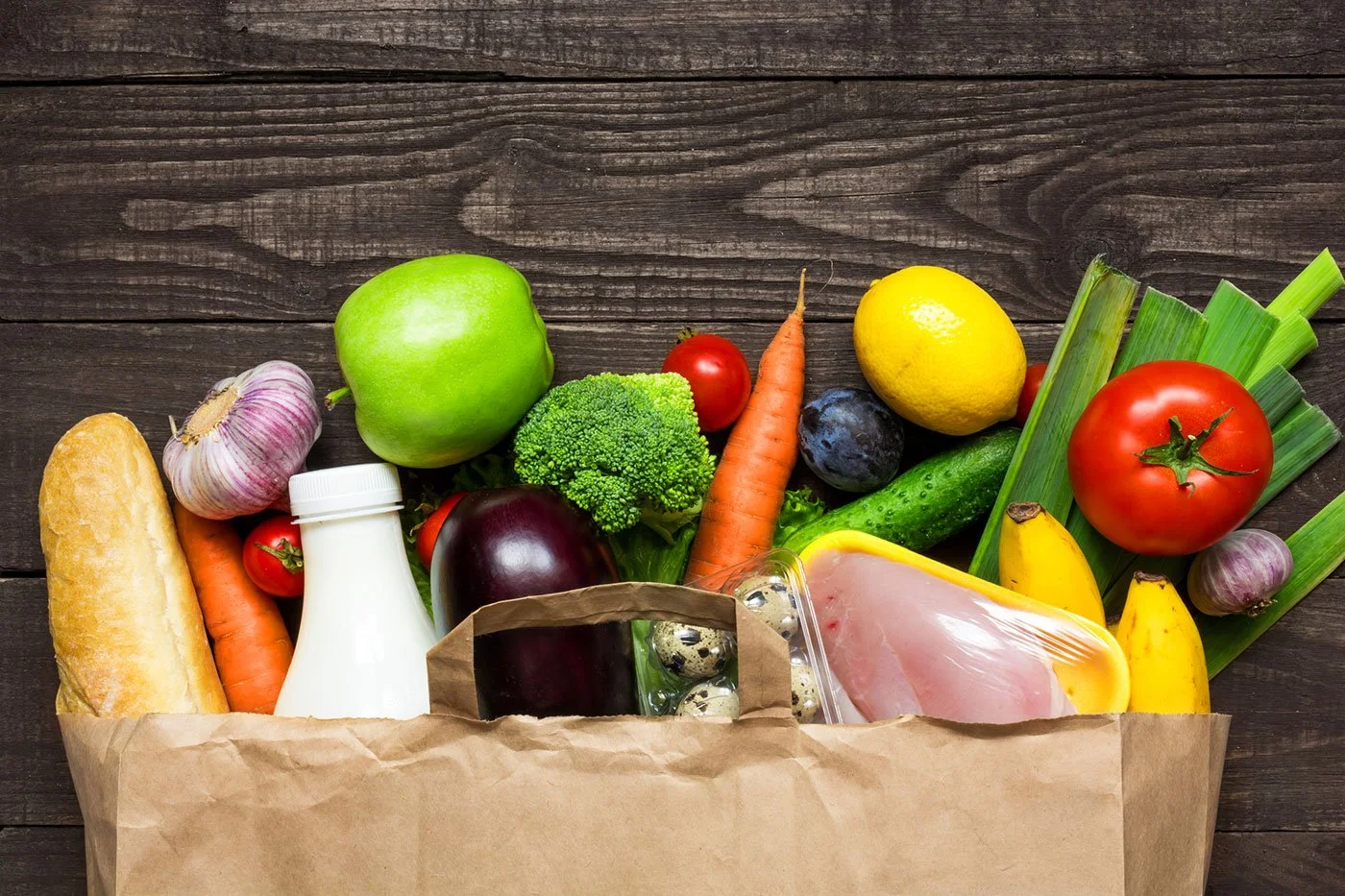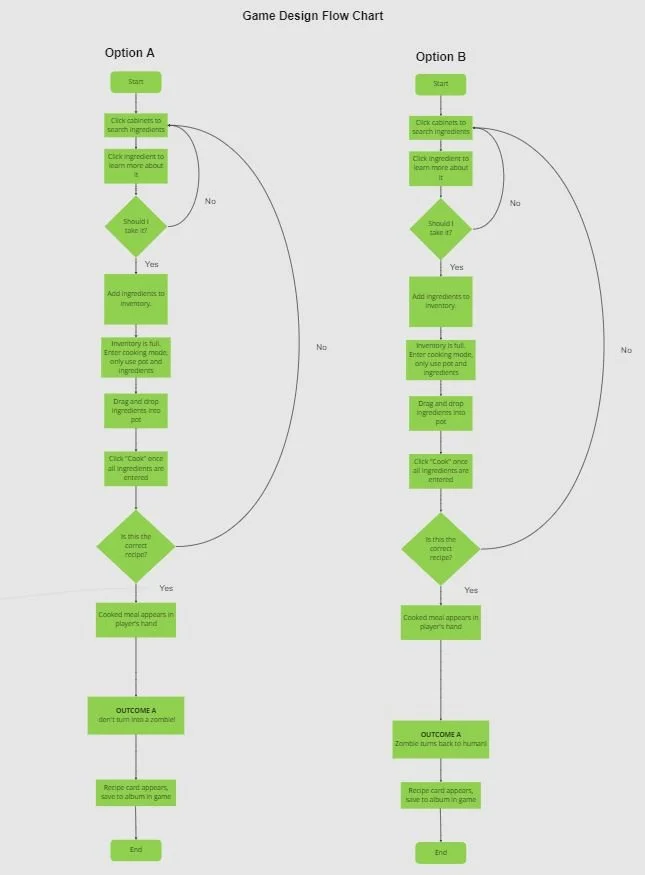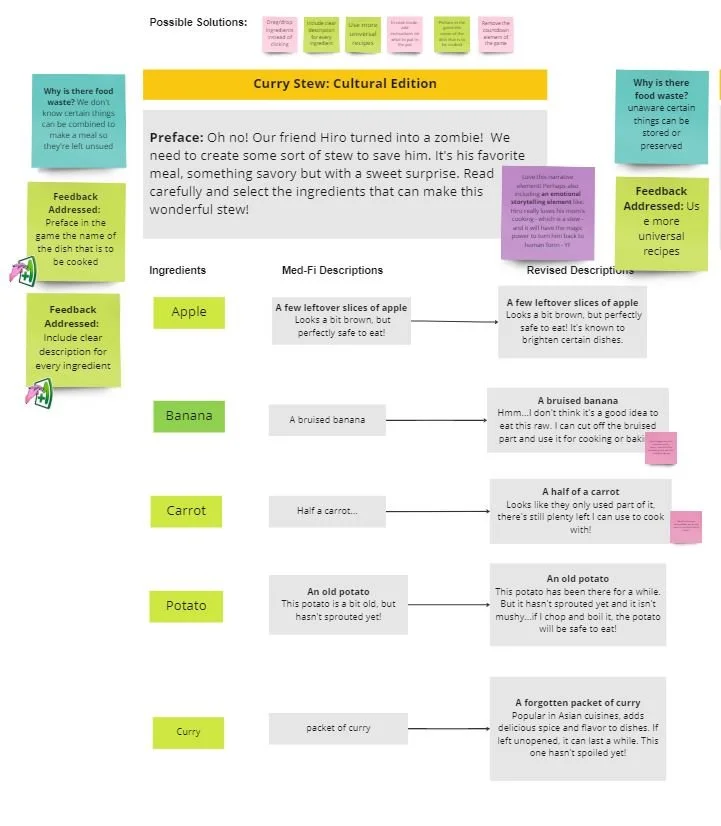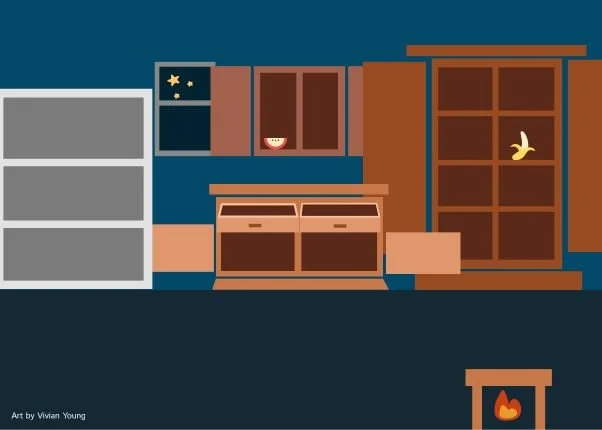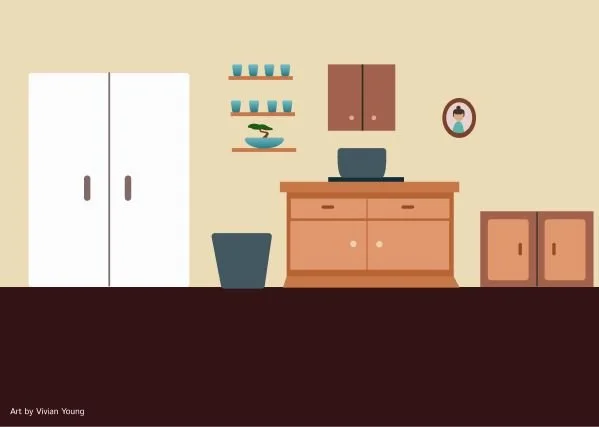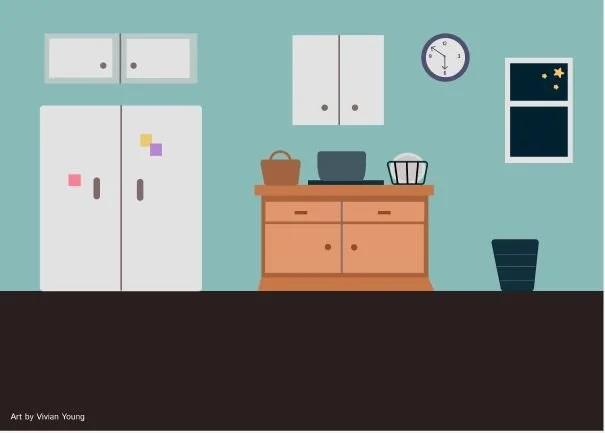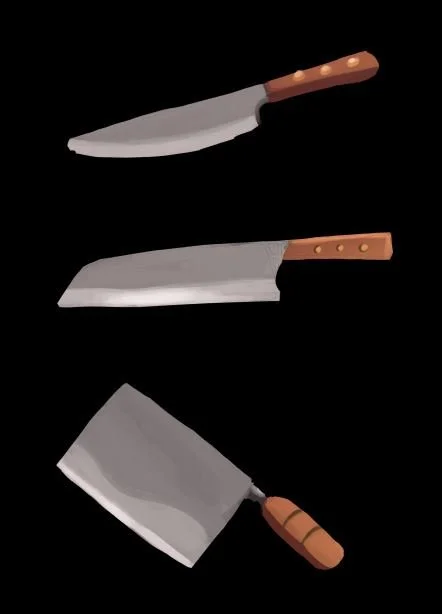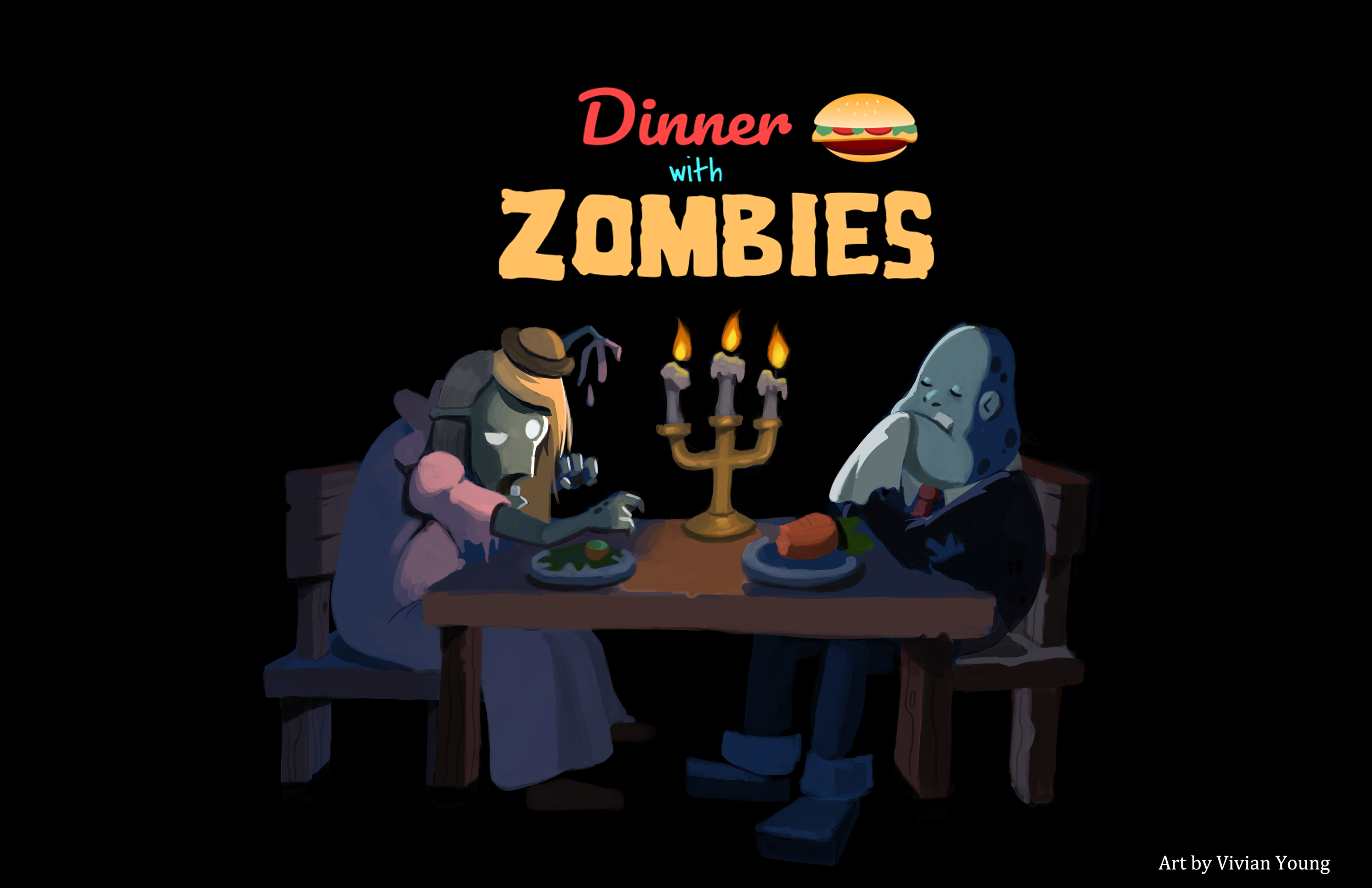
Dinner with Zombies
Project Overview
Timeline 3 months
Role Lead UI/UX Designer, Lead Game Artist
Team Isabelle Donsbach, Sara Lian, Yvonne Fang
Tools Photoshop, Figma, REACT
How might we reduce food waste through game design?
The topic of practicing food sustainability can feel overwhelming, and there are many angles to address the problem space. Our solution is a digital game experience that helps players use leftover ingredients resourcefully at the consumer level.
PROBLEMPeople desire sustainable eating habits but feel overwhelmed on how to put that into practical action.
SOLUTIONUsing imperfect assets, our gameplay encourages players to use ingredients in their fridge and be creative with their cooking.
GAME TRAILERThe result is a proof of concept of our game that is fully web responsive and interactive. Out of approximately 30 playtesters we tested on the release day, more than 90% of participants would try making a recipe from the game at home. You can play the full game here!
KEY FEATURESImperfect game assets, such as a bruised apple, to indicate the ingredient isn’t perfect but can still be used.
01
No timer so that players can spend more time to read the story and the clues to think through their decisions.
02
Recipe book is provided at the end of a level so that they can transfer to cooking these ingredients in real life.
03
RESEARCHWe conducted 2 focus group sessions with 10 graduate students at Carnegie Mellon University. We asked them to choose a metaphor that accurately described how they felt about certain statements on food sustainability such as “How I feel about my grocery budget” or “How I feel about food waste”.
Interviewed 3 experts including a dietician, a supply chain analyst at a food delivery company, and a former chef who now works as a planner in food manufacturing to gain insight on common barriers to sustainable eating behavior.
Conducted a literature review of 10 academic papers on the topic of HCI and food consumption behaviors to learn if there are existing interventions that could be applied to our design.
Based on our research, we gained several key insights:
There were common themes that arose such as the feeling of guilt, inevitability, and loss of control around food waste.
Education and awareness are the first steps to feeling empowered to make a change when it comes to reducing food waste.
Overall, the vast majority of participants want to be more conscious about the impact their food choices have on the world around them. However, although most of the participants understand that food choices do have some kind of impact on the world, they believe it is hard to perceive such effects due to lack of visibility and immeasurability of their personal influence.
DESIGNThroughout our game design process, we used two platforms to brainstorm and ideate the game mechanics and interface design (Miro and Figma). During ideation and early iteration, we created a paper prototype to find a quick way to brainstorm game components and mechanics. This was used to playtest and receive feedback on user experience pain points.
We play tested multiple rounds in the lo-fi, med-fi, and high-fi prototype stages. At each stage, we took user feedback to re-evaluate the level design of the game and checking if it is hitting the target of our persuasive goal. Below is a sample of our game design chart and level design chart respectively.
For our low fidelity prototype, we made a paper prototype to explore different pathways in the game.
High fidelity character and environments were then designed in Figma and Adobe Photoshop CC.
I also designed high fidelity UI assets, such as the cutting board and knives that would collect the ingredients. Due to time constraints, our proof of concept was in the medium fidelity stage. If we had more time, these assets would be implemented in REACT to create a higher fidelity and immersive experience.

